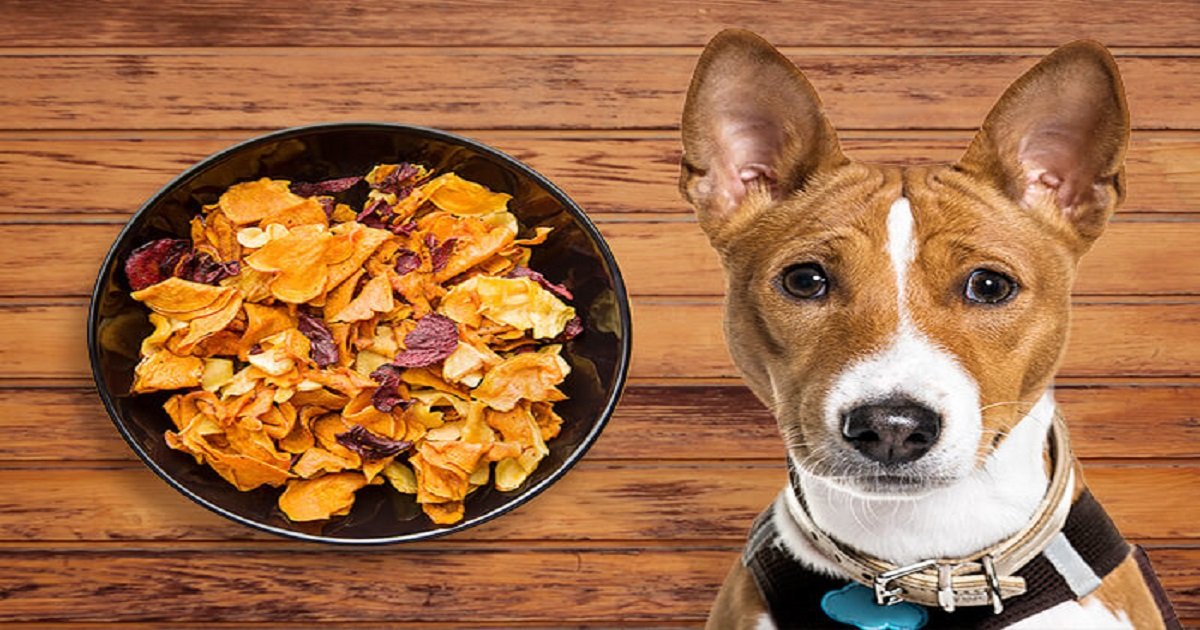Tin foil, also known as aluminum foil, is a versatile household item that serves various purposes beyond wrapping leftovers. From cooking to crafting, gardening to emergency preparedness, tin foil finds its place in numerous aspects of everyday life. Let’s delve into some common uses for tin foil that you might not have considered.
Introduction to Tin Foil
Tin foil is a thin sheet of aluminum that is pliable and can be easily molded. It’s commonly used in cooking, but its utility extends far beyond the kitchen.
Cooking and Baking
Wrapping Food Items
Tin foil is an excellent tool for wrapping food items before cooking or storing. Whether it’s sealing in flavors while grilling vegetables or creating individual packets for fish, tin foil helps in preserving moisture and enhancing the taste of dishes.
Creating Makeshift Trays and Molds
In the absence of proper baking trays or molds, tin foil comes to the rescue. It can be molded into various shapes to form trays for baking cookies or molds for shaping desserts like cheesecake.
Food Preservation
Storing Leftovers
Tin foil is ideal for storing leftovers in the refrigerator. It provides a protective barrier against air and moisture, keeping food fresh for longer periods.
Keeping Fruits and Vegetables Fresh
Wrapping fruits and vegetables in tin foil helps to maintain their freshness. It prevents ethylene gas buildup, which causes produce to ripen quickly, thus extending their shelf life.
Arts and Crafts
Sculpting
Tin foil serves as an excellent sculpting material for art projects. Its malleability allows artists to create intricate shapes and designs, making it a favorite medium for sculptors.
Creating Texture in Artwork
Artists often use tin foil to add texture to their artwork. By crumpling, folding, or embossing tin foil, they can create unique patterns and designs in paintings or mixed media pieces.
Gardening
Protecting Plants from Pests
Tin foil can be wrapped around the base of plants to deter pests like slugs and snails. Its reflective surface confuses pests and prevents them from crawling onto plants, thus protecting them from damage.
Enhancing Plant Growth
Placing strips of tin foil around plants reflects sunlight onto their leaves, stimulating photosynthesis and promoting growth. It also helps in conserving moisture in the soil by reducing evaporation.
Household Repairs
Temporary Fixes
Tin foil can be used for temporary repairs around the house. Whether it’s patching up a leaky pipe or securing loose fittings, tin foil provides a quick and effective solution until permanent repairs can be made.
Insulation
During cold weather, tin foil can be used to insulate windows and doors. By covering drafty areas with tin foil, heat loss is minimized, and energy efficiency is improved.
Camping and Outdoor Activities
Cooking Over Campfires
Tin foil packets are a staple in camping cuisine. From cooking meats and vegetables to making desserts like s’mores, tin foil allows campers to prepare delicious meals over an open flame with minimal cleanup.
Keeping Items Dry
Tin foil serves as a waterproof barrier, keeping essential items dry during outdoor activities like hiking or boating. It can be used to wrap electronics, clothing, or food supplies to protect them from moisture.
Emergency Preparedness
Making Emergency Signals
In emergency situations, tin foil can be used to create reflective signals for signaling for help. By fashioning strips of tin foil into makeshift mirrors, individuals can attract attention and alert rescuers to their location.
Creating Makeshift Containers
Tin foil can be fashioned into containers for carrying water or food in emergency situations. Its lightweight and compact nature make it an essential item in survival kits.
Conclusion
Tin foil is a versatile and indispensable tool in everyday life, offering countless uses beyond its primary function in the kitchen. From cooking and baking to gardening and emergency preparedness, tin foil proves its utility time and time again.
Unique FAQs
- Can tin foil be used in the microwave?
- Yes, tin foil can be used in the microwave, but it should be used cautiously to avoid sparking or arcing.
- Is tin foil recyclable?
- Yes, tin foil is recyclable in most recycling programs. Make sure to clean it of any food residue before recycling.
- Can tin foil be reused?
- Yes, tin foil can be reused multiple times as long as it’s still in good condition. Simply wipe it clean after each use.
- Is there a difference between tin foil and aluminum foil?
- Yes, historically, tin foil was made from tin, but modern-day “tin foil” is actually made from aluminum.
- Are there any safety concerns associated with using tin foil?
- While tin foil is generally safe to use, it’s essential to avoid using it with acidic or salty foods, as this can cause the foil to break down and transfer aluminum into the food.



